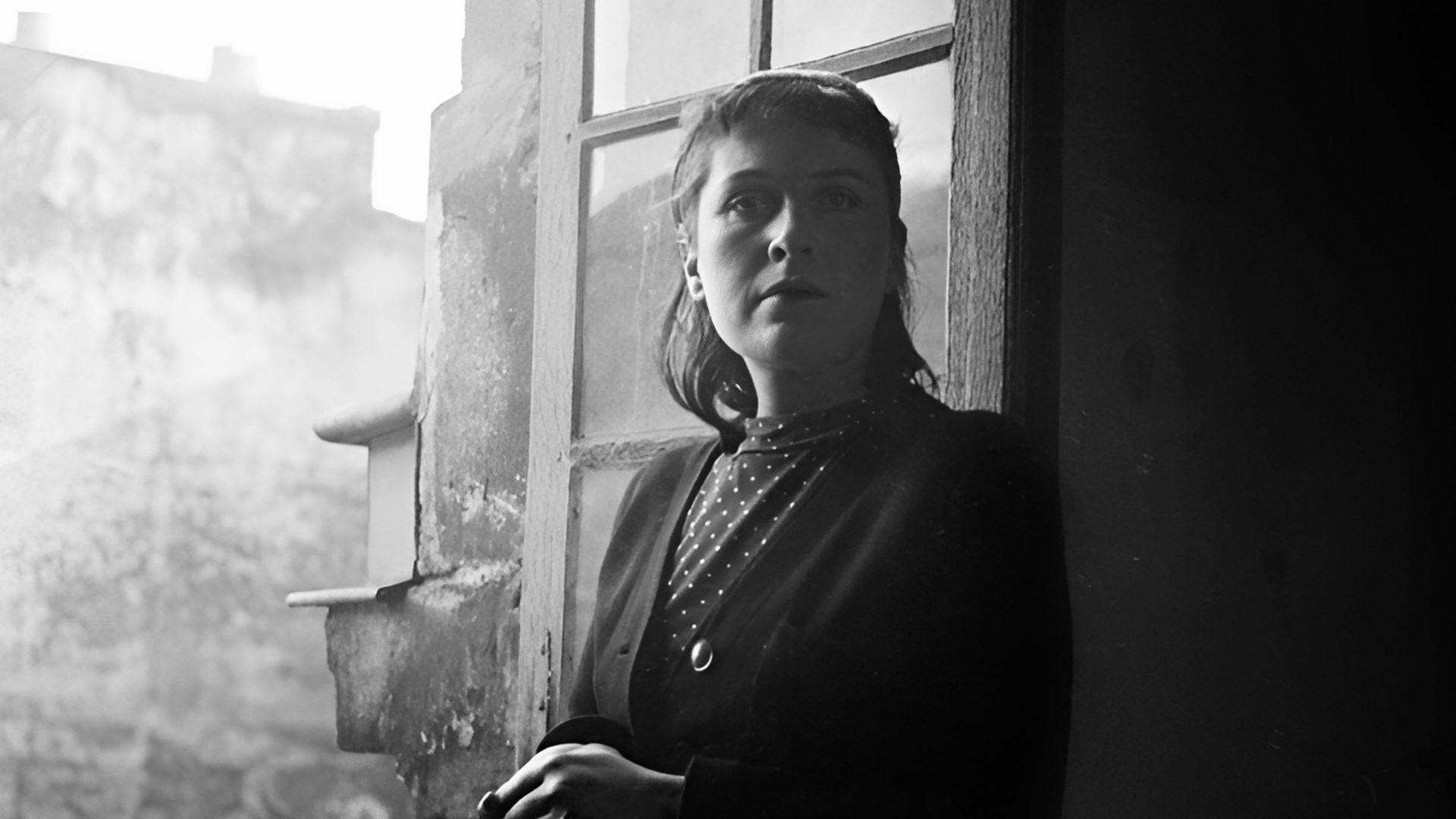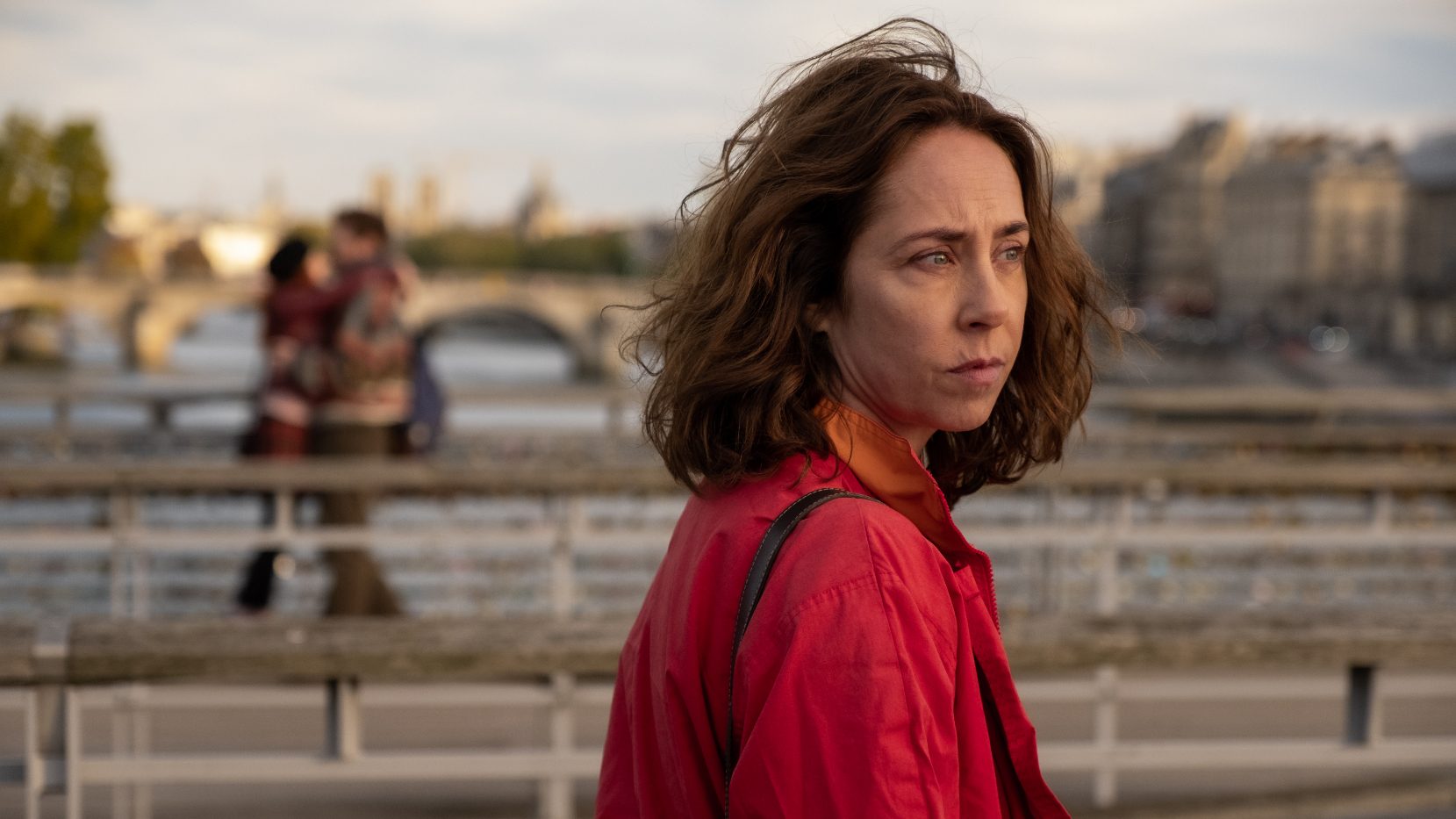Growing up, a print of one of Pablo Picasso’s Harlequins hung in Louisa Treger’s family home. “I think these pictures you grow up with imprint on you at a cellular level,” the author says. It feels like an act of irony, or artistic justice, that when searching for a subject for her next novel, Treger settled on the woman Picasso had spent much of his professional and personal life snubbing: Dora Maar.
Born Henriette Theodora Markovitch in 1907, to a French mother who owned a boutique and Croatian architect father, her diverse upbringing spanned Argentina and France. In the 1920s, making the permanent move to Paris, she initially studied applied arts and painting at one of the city’s most progressive art schools, before earning a place at École de Photographie de la Ville de Paris. In 1931, she opened a professional studio under her new name; Dora Maar. Chic and exotic with a certain je ne sais quoi.
With her new identity born, she rose through the ranks of the Parisian art scene, frequenting the famous Café Cyrano, dining with surrealists and even rubbing shoulders with the renowned American photographer Man Ray. Maar’s photography is currently the subject of an eye-opening exhibition at London’s Amar Gallery. But today, she is most known for being the muse for Picasso’s Weeping Woman.
“I have always loved her work, particularly her photography, and always thought she deserved her moment in the sun. I wanted to draw her out from the shadows,” Treger tells me. “There was no sort of fantastic eureka moment. It just seemed like a perfect coming together.” It resulted in her fourth novel, The Paris Muse, a fictionalised retelling of Maar’s life, career, and unrequited devotion to Picasso.
In Treger’s reimagined encounter orchestrated by Maar, she first meets Picasso in Paris in late 1935. Maar asks a friend how she can meet the artist their community was preoccupied with. “You go to his cafe. You put yourself in his path. That’s how it’s done,” her friend offers, but warns her of rumours about his promiscuous personal life and misogynistic behaviour.
Having created Untitled (Hand-Shell) and Man looking inside a sidewalk inspection door, London c1935, Maar was then at the height of her career. Picasso, meanwhile, later described it as the “worst time of his life” – he hadn’t painted for months.
Some months later, Treger’s novel sees Maar visit the Deux Magots, take up a table in the corner and play “the knife game” between her splayed fingers on its wooden surface (“it was a dark game but also art”). The trap worked, Picasso was drawn to her and they soon became lovers. History was made, and art would soon follow. “She was nervous at the beginning, but she was very much in control. Then that balance of power shifted as the relationship became more and more toxic,” explains Treger.
Picasso was greatly influenced by Maar, painting her in numerous portraits including Dora Maar Seated (1938) and, of course, Weeping Woman (1937). Significantly, she taught him the cliché verre technique, which combined the use of photography and print-making. Then, in 1937, when German and Italian air forces bombed the Basque town of Guernica, some sources say that it was Maar who galvanised Picasso into action.
Earlier that year, the Paris International Exposition had invited Picasso to paint a mural for the Spanish pavilion. Despite living in Paris, the artist was deeply patriotic for his native country, and the news of the catastrophic bombing of Guernica, which had resisted General Francisco Franco’s right wing dictatorship, horrified him. It was only when Maar mistook his aversion to making political statements for a lack of devotion to Spain that he began working on his most compelling and direct piece of work, Guernica.
The idea would explain why, in her research, Treger found it in “a lot of secondary sources” that Picasso then invited Maar to paint the horses on his historic painting while she was in the studio documenting his process. “As a biographical novelist, I have to be very careful,” Treger explains.
“The Nazis deemed Picasso’s work “degenerate”, along with the paintings of Henri Matisse and Vincent van Gogh. Many of Picasso’s works were confiscated by the Gestapo during the occupation of Paris between 1940 and 1944. Some records show him toying with German soldiers during their numerous “visits” to his studio, which Treger includes in The Paris Muse.
“Did you do this?” a German soldier asks Picasso on their third visit to the studio in as many days, holding up a photograph of Guernica. “No. You did,” Picasso replies in Treger’s exchange, and while the irony was lost on them, Picasso still insisted they take copies as souvenirs. “He was a terrific game player. He always liked to have the last laugh, both as a lover and as an artist,” she says.
For Treger, the relationship between Maar and Picasso was art’s most toxic. Matching the chaos and instability of pre-war Europe (“I couldn’t shake the feeling that our life was a powder keg that could detonate at any moment”), Picasso played havoc with Maar’s emotions, forcing her to compete for his time with his wife, Olga Khokhlova, his son, Paulo, and his mistress, Marie-Thérèse Walter. One chapter even sees Walter and Maar physically fight over the artist’s affection while standing before his Guernica. “This is the finest moment of my life – two women fighting in front of Guernica, over me!” Picasso triumphantly declares in Treger’s reimagining.
Picasso praised Maar, then scolded her, but, worst of all, he diverted her from her own career path. “She used her work as a way of trying to hold on to herself and he pulled her away from the photography,” Treger says.
For her, this was the real crime, as she was never as interesting a painter as she was a photographer. “You know, she had this marvellous sort of slippage between the real and the surreal in her photographs that I find absolutely captivating. I don’t find that in her paintings,” she says.
Yet, if the goal of Treger’s writing was to make Maar more than a muse, why choose a title that denotes this as her status? “The Paris Muse is a very evocative title. My editor suggested it and I took it,” Treger explains. The novel’s title is a reclaiming of the role Picasso forced upon her. Not a muse, rather the Paris muse.
Maar challenged the idea of what it meant to be a modern woman. During the 1930s, female photographers gained commissions that had historically been awarded to men, and Maar’s commercial commissions were experimental, innovative and blurred the lines between reality and fantasy. In doing so, she presented the notion that the “ideal woman” was not a lived experience by most – or any – women.
A commission for the French haircare brand Pétrole Hahn captured this ambition perfectly. In the image, “she had a bottle where you would think liquid was pouring out. But instead, it was actually waves. It was incredibly sensual but at the same time, it was the sea. It put her stamp on it,” Treger says.
Maar’s mother, on the other hand, objected to her daughter’s rejection of traditional female roles, frequently inquiring when she was going to “settle down and marry a nice man”. “She was quite clingy and smothering. Dora was always fighting against that,” Treger says. That being said, one element of womanhood plagues Maar’s internal monologue throughout Treger’s narrative; her struggle with fertility.
Maar never had any children of her own. Perhaps this was why highlighting their plights, both social and economic, in 1930s and 40s Europe formed central themes of many of her photographs, including Woman and Child in Window, Barcelona (1932-34). “That link felt very personal to me. Writing it made me cry,” Treger candidly shares, admitting to her own personal struggles with fertility. “I totally know that sense of hopelessness, the fear and loss,” she adds. Maar the woman, rather than the muse, became a relatable protagonist for today’s female reader.
In 2023, 50 years after his death, Picasso’s legacy was placed under a contemporary microscope. As Florence Hallett wrote in the New European last year, in a modern society it is “no wonder then that Picasso’s misogyny is the most pressing aspect of his legacy”.
However, as she added: “Picasso is too big to fail – and that makes him the ideal artist to subject to a radical feminist re-evaluation, no holds barred.” Picasso became a central figure in a debate that has consumed today’s society: can you separate the art from the artist? However, for Treger, this narrative risks missing the point.
“I think the question of separating the artists from their art is a very difficult and nuanced one. I don’t even try to separate them in my book. I just write a very different side to him,” she says. “It’s hard trying to separate the art from the man. I don’t like to make judgments in my books as I like to leave the reader to make their own.”
Maar herself never took to Picasso’s paintings of her. “All [his] portraits of me are lies,” she once said. The lie being that she was no more than his muse, his Weeping Woman. The truth, however, was that with or without Picasso, she was Dora Maar.
The Paris Muse by Louisa Treger is published by Bloomsbury on July 4. Dora Maar Behind The Lens, an exhibition of her photography, is at the Amar Gallery, London, until August 18




